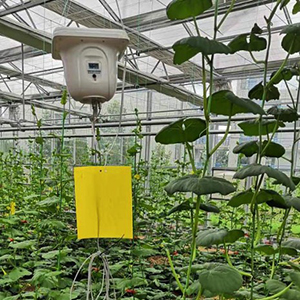Design and experiment of Internet-of-Things cooling system in glass greenhouse based on computational fluid dynamics simulation

All claims expressed in this article are solely those of the authors and do not necessarily represent those of their affiliated organizations, or those of the publisher, the editors and the reviewers. Any product that may be evaluated in this article or claim that may be made by its manufacturer is not guaranteed or endorsed by the publisher.
Authors
In the summer heat season, the performance of the greenhouse cooling system is the key factor in greenhouse crop pollination and fruit formation. Scientific design of greenhouse cooling systems and intelligent control of cooling equipment can ensure the normal growth of greenhouse crops and save energy. In this paper, the thermal equilibrium theory of the greenhouse is analysed, and the glass greenhouse thermal environment model is established based on the theory of engineering thermophysics combined with greenhouse environmental regulation. This study uses computational fluid dynamics simulation technology to simulate the change of the greenhouse temperature field, perform experimental analysis, and scientifically design an intelligent greenhouse temperature control cooling system. It provides a reference for designing an internet of things cooling system in a glass greenhouse in theoretical analysis and engineering practice.
How to Cite

This work is licensed under a Creative Commons Attribution-NonCommercial 4.0 International License.














